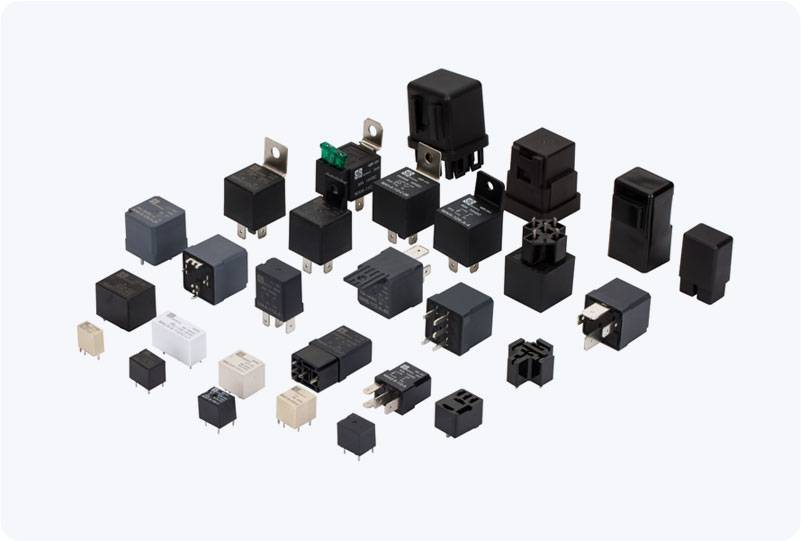An Overload Relay is an essential component in the protection and efficient functioning of electric motors. These devices are designed to prevent motors from burning out due to prolonged overcurrent conditions, which can be caused by various factors such as mechanical overload, insufficient ventilation, or electrical faults. This article will explore the significance of overload relays, how they work, and why they are critical in industrial and residential electrical systems.

What is an Overload Relay? An overload relay is a protective device that monitors the current passing through an electric motor. If the motor draws current beyond a certain threshold (overload), the relay intervenes by breaking the circuit, effectively disconnecting the motor from the power supply. This safeguard prevents the motor from overheating, which could otherwise lead to permanent damage, fires, or even catastrophic failures in machinery. Overload relays are typically part of the motor protection system, often connected to a motor starter or circuit breaker. They are commonly used in applications involving motors of various sizes, ranging from small domestic appliances to large industrial machinery. By ensuring that the motor operates within its safe range, overload relays contribute to extending the motor’s lifespan and improving system reliability.